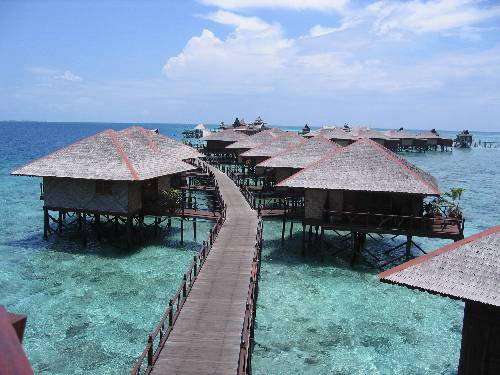
Following Rajput conquest of this area in the 12th century AD, Bundi became its capital, with Kota going to the ruler’s eldest son. In 1624, Kota became a separate state, remaining so until it was integrated into Rajasthan after Independence.
Building of the city began in 1264 following the defeat of the Bhils, but Kota didn’t reach its present size until the 17th century, when Rao Madho Singh, a son of the Bundi ruler, was handed Kota by the Mughal emperor Jehangir.
Today Kota also serves as an army headquarters and its wide, leafy streets add a touch of welcome airs and graces.
In October, the town hosts Dussehra Mela, and thousands of pilgrims descend in the month of Kartika (October/November) for Kashavrai Patan.
Last updated: Feb 17, 2009

0 comments:
Post a Comment